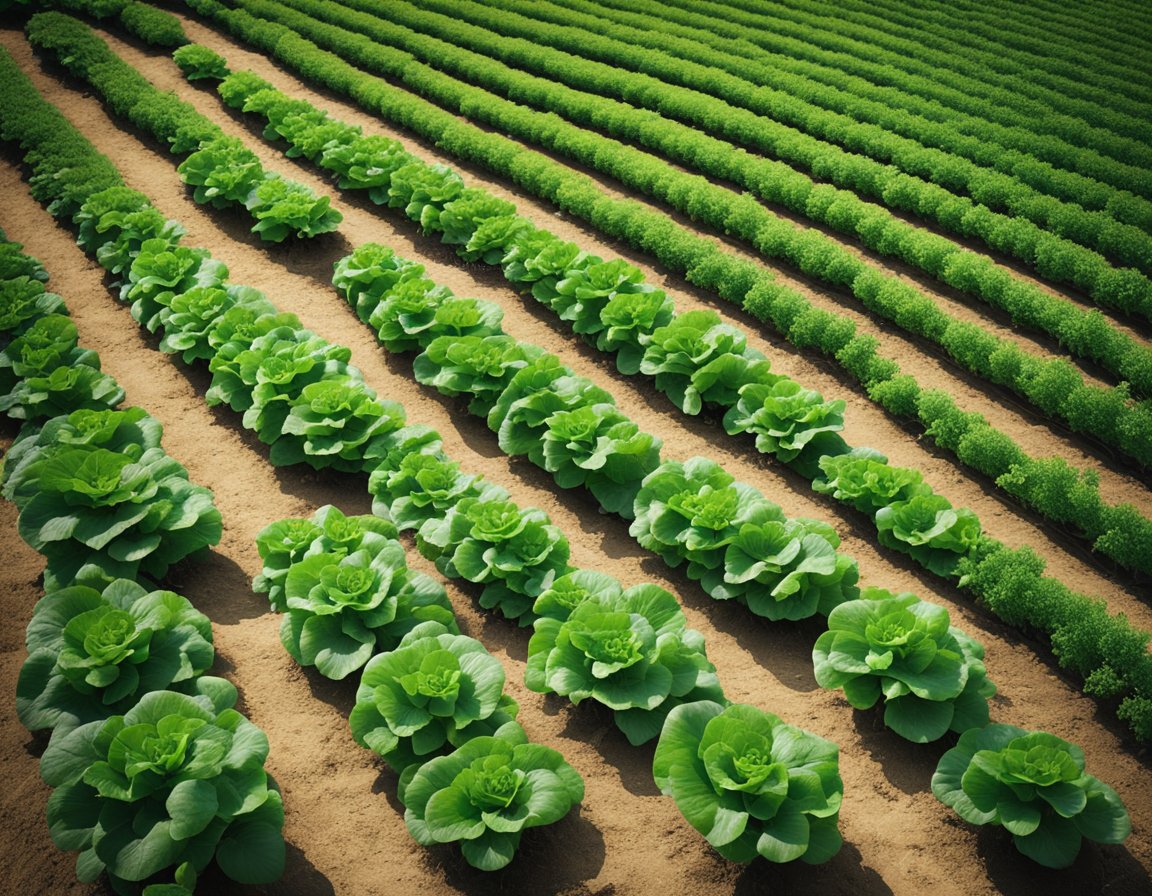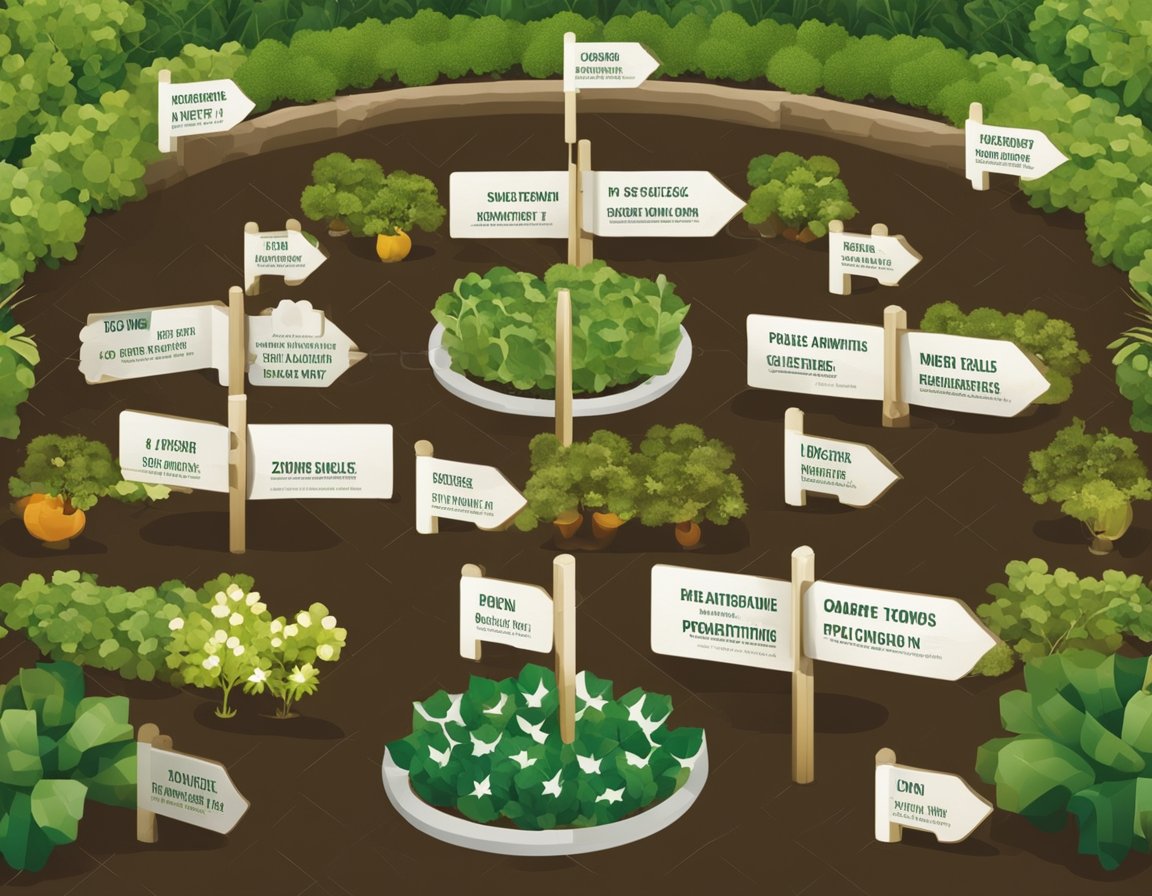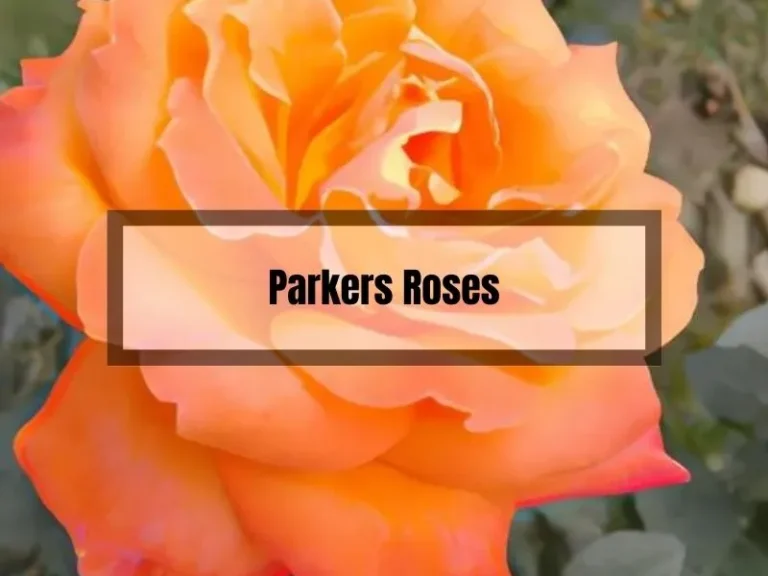Vegetable Planting Guide by Zone: A Professional’s Advice
If you’re new to gardening or just want to improve your vegetable garden, knowing when to plant each type of vegetable is crucial.
However, different vegetables have different optimal planting times depending on where you live. This is where a vegetable planting guide by zone comes in handy.

By using a vegetable planting guide by zone, you can determine the best time to plant vegetables based on your location. These guides are typically organized by USDA hardiness zones, which take into account factors such as climate, temperature, and soil conditions.
By following a guide that is specific to your zone, you can ensure that your vegetables have the best chance of thriving.
When it comes to vegetable gardening, there are many factors that can affect the growth of your plants. By using a vegetable planting guide by zone, you can take one important step towards ensuring that your plants have the best chance of success. Keep reading to learn more about seasonal planting guides, maintaining your vegetable garden, and frequently asked questions.
Key Takeaways
- Use a vegetable planting guide by zone to determine the best time to plant vegetables based on your location.
- Factors such as climate, temperature, and soil conditions can affect the growth of your plants.
- By following a seasonal planting guide and maintaining your vegetable garden, you can improve your chances of success.
Vegetable Planting Guide by Zone

Understanding Planting Zones
Before you start planting your vegetable garden, it’s important to understand the planting zones. Planting zones are determined by the USDA based on the average minimum temperature in a region.
The zones range from 1 to 13, with 1 being the coldest and 13 being the warmest. Each zone has a range of temperatures that are suitable for growing certain types of plants.
Zone-Specific Vegetable Guide
To ensure a successful vegetable garden, it’s important to choose the right vegetables for your zone. Here is a general guideline for planting vegetables by zone:
| Zone | Vegetables |
|---|---|
| 1-2 | Broccoli, Cabbage, Carrots, Peas, Potatoes, Spinach |
| 3-4 | Broccoli, Cabbage, Carrots, Peas, Potatoes, Spinach, Tomatoes |
| 5-6 | Beans, Broccoli, Carrots, Corn, Cucumbers, Peas, Peppers, Tomatoes |
| 7-8 | Beans, Broccoli, Carrots, Corn, Cucumbers, Peas, Peppers, Tomatoes, Zucchini |
| 9-10 | Beans, Corn, Cucumbers, Eggplant, Peppers, Squash, Tomatoes, Watermelon |
Remember that these are just general guidelines. It’s important to research the specific vegetables you want to grow to ensure they are suitable for your zone and to follow the recommended planting times.
In addition to choosing the right vegetables for your zone, it’s important to pay attention to soil quality, sunlight, and watering needs. By following these guidelines, you can enjoy a bountiful vegetable garden no matter what zone you are in.
Factors Affecting Vegetable Growth

When it comes to growing vegetables, there are several factors that can affect the growth of your plants. Understanding these factors can help you create the ideal environment for your vegetables to thrive.
Soil Quality
The quality of your soil is one of the most important factors that can affect the growth of your vegetables. The soil should be rich in nutrients and have good drainage.
You can improve the quality of your soil by adding organic matter, such as compost or manure. This will help to increase the nutrient content of the soil and improve its structure.
Sunlight and Water
Sunlight and water are also important factors that can affect the growth of your vegetables. Most vegetables require at least 6 hours of sunlight per day to grow properly. If your garden is in a shaded area, you may need to consider planting vegetables that can tolerate less sunlight.
Water is also crucial for the growth of your vegetables. Most vegetables require regular watering, especially during hot and dry weather. Be careful not to overwater your plants, as this can lead to root rot and other problems.
By taking these factors into consideration, you can create the ideal environment for your vegetables to grow and thrive. Remember to choose vegetables that are suitable for your climate and planting zone, and to follow the recommended planting and care instructions for each type of vegetable.
Seasonal Planting Guide
Planting vegetables according to the season is crucial to ensure a successful harvest. Here is a guide on when to plant vegetables based on your zone.
Spring Planting
Spring is the perfect time to start planting cool-season vegetables. In zones 1-3, start planting in late April or early May. For zones 4-6, start planting in mid to late March. In zones 7-10, you can start planting as early as February.
Some popular cool-season vegetables to plant in the spring include lettuce, peas, spinach, and radishes. These vegetables can tolerate cool temperatures and can be harvested in early summer.
Summer Planting
Summer is the time to plant warm-season vegetables. In zones 1-3, start planting in mid to late May. For zones 4-6, start planting in early to mid-May. In zones 7-10, you can start planting as early as March.
Some popular warm-season vegetables to plant in the summer include tomatoes, peppers, cucumbers, and squash. These vegetables require warm temperatures and can be harvested in late summer.
Autumn Planting
Autumn is the perfect time to plant cool-season vegetables for a fall harvest. In zones 1-3, start planting in mid to late July. For zones 4-6, start planting in early to mid-August. In zones 7-10, you can start planting as early as September.
Some popular cool-season vegetables to plant in the fall include broccoli, cauliflower, carrots, and beets. These vegetables can tolerate cooler temperatures and can be harvested in late fall.
Remember to check your zone and adjust planting dates accordingly. Happy planting!
Maintaining Your Vegetable Garden
Once your vegetables are planted, maintaining your garden is crucial for a successful harvest. Here are some tips on how to keep your garden healthy and productive.
Pest Control
Pests can be a major problem in any garden. To prevent pests from damaging your vegetables, it’s important to keep your garden clean and tidy. Remove any dead or diseased plants, and keep the area around your garden free of debris.
You can also use natural pest control methods, such as companion planting, to keep pests at bay. Companion planting involves planting certain plants next to each other to deter pests. For example, planting marigolds next to your tomatoes can help keep aphids away.
Harvesting and Storage
Harvesting your vegetables at the right time is important to ensure that they are at their peak flavor and nutrition. Be sure to check your vegetables regularly and harvest them when they are ripe.
To store your vegetables, keep them in a cool, dry place. Some vegetables, such as carrots and beets, can be stored in the ground until you are ready to use them. Others, such as tomatoes and peppers, should be stored in a cool, dry place. You can also preserve your vegetables by canning, freezing or dehydrating them.
Remember, maintaining your vegetable garden takes time and effort, but the rewards are well worth it. With a little care and attention, you can enjoy a bountiful harvest of fresh, healthy vegetables all season long.
Frequently Asked Questions
What are the best vegetables to plant in Zone 7?
If you live in Zone 7, you are in luck as you can grow a wide range of vegetables. Some of the best vegetables to plant in this zone include broccoli, cabbage, carrots, lettuce, spinach, and tomatoes.
You can also grow root vegetables like beets, turnips, and radishes. Make sure to choose vegetables that are suitable for your soil type and sunlight conditions.
What is the 2023 planting calendar for vegetable gardening?
The 2023 planting calendar for vegetable gardening varies by region and zone. It is important to consult a reliable source to determine the best planting dates for your area.
You can find helpful resources online, such as the Vegetable Planting Schedule by the Garden Tower Project 1, which provides a planting chart for USDA Zones 6-10.
What is the Farmers Almanac planting guide for 2023?
The Farmers Almanac planting guide for 2023 provides valuable information on when to plant vegetables based on your location and climate conditions.
You can find the guide online on the Farmers Almanac website. It is important to note that the guide is a general resource and may not be specific to your exact location.
What are the recommended vegetables to plant in Zone 9b?
If you live in Zone 9b, you can grow a variety of vegetables, including beans, cucumbers, eggplant, peppers, and tomatoes.
You can also grow leafy greens like lettuce, spinach, and kale. It is important to choose vegetables that are suitable for your soil type and sunlight conditions.
What is a good layout for a vegetable garden?
A good layout for a vegetable garden depends on the size and shape of your garden, as well as your personal preferences. Some popular layouts include raised beds, container gardens, and traditional rows.
Consider factors such as sunlight exposure, soil drainage, and ease of maintenance when planning your layout.
When is the best time to plant vegetables in Southern California?
The best time to plant vegetables in Southern California varies by region and season. Generally, it is best to plant cool-season vegetables like broccoli, cabbage, and lettuce in the fall and winter, and warm-season vegetables like tomatoes, peppers, and squash in the spring and summer.
Consult a reliable resource like the Vegetable Planting Chart by Zone from Kellogg Garden Organics 3 to determine the best planting times for your specific location in Southern California.






